Mitsubishi has taken the wraps off its sixth-generation Triton ute range, with the release headlined by a larger platform, new suspension hardware and an updated engine range.
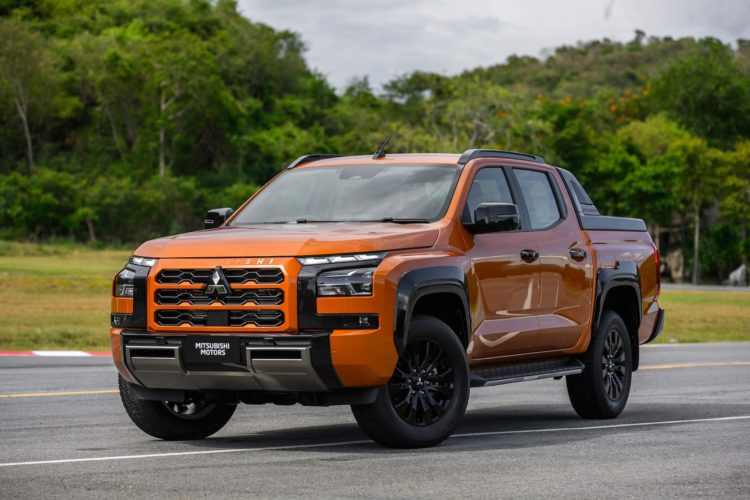 We’ll kick off with the styling package, which stays true to the XRT concept that Mitsubishi teased earlier this year.
We’ll kick off with the styling package, which stays true to the XRT concept that Mitsubishi teased earlier this year.
This has seen Mitsubishi opt for a bold, imposing front gille design flanked by a similar headlight assembly of the Outlander, with a set of slimmed-down LED running lamps and headlights.
At the rear, there’s a set of T-shaped tail lights, while the tray has been dropped by 45mm to 820mm and the corner bumper picking up some reinforcement for easier access into the tray.
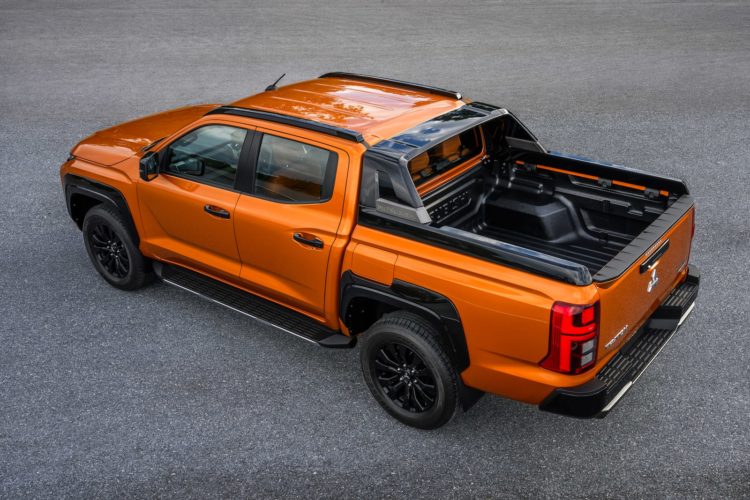
Mitsubishi will offer the Triton in single cab, dual-cab and space cab configurations, all of which pick up an updated ‘4N16’ 2.4-litre four-cylinder turbo-diesel with three varying power outputs.
In its base form, the 2.4-litre turbo-diesel kicks out 110kW/330Nm, while the mid-spec Triton pushes out 135kW/430Nm.
Opting for the flagship engine adds another turbo to the mix and increases power up to 150kW/470Nm, marking a 20kW/40Nm increase over the current Triton’s power and torque figures.
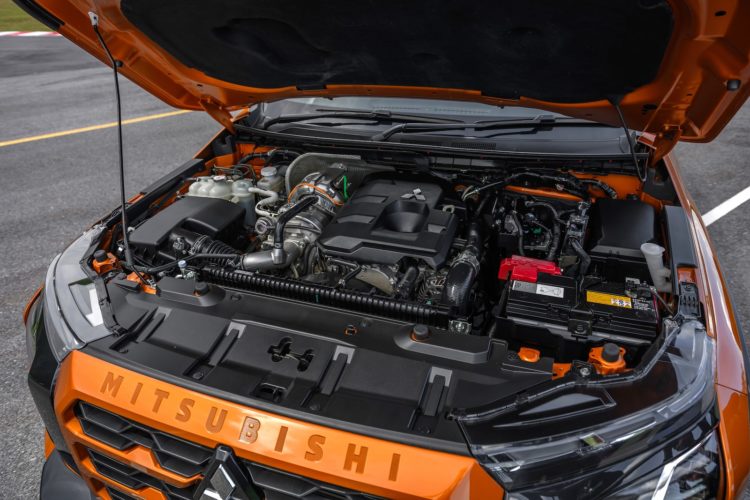
Power is put to all four wheels via a six-speed automatic or a six-speed manual with shift-by-wire tech.
Mitsubishi’s Super Select 4WD-II system a low-range transfer combined with the lockign centre differential, with seven driving modes for gravel, snow, mud, sand and rock, with lesser variants picking up a rear-wheel drive system.
The updated limited-slip differential can dab the brakes when the traction is low, while the updated electric power steering system is said to make the Triton more approachable around town.
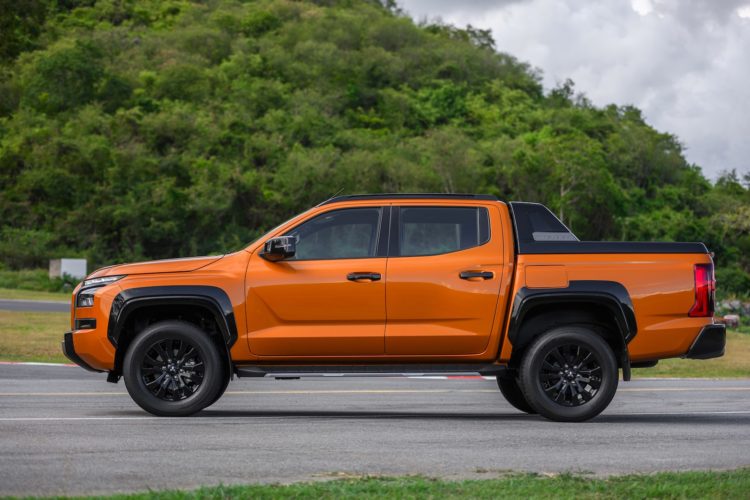
There’s also a revised suspension system that sticks with the existing double-wishbone front and leaf spring rear assembly, though the mounting arm has been raised at the front for an additional 20mm of play and thicker shocks at the rear.
Underneath, the sixth-gen Triton rides on a new and larger ladder frame with 40% increaed bending rigidity and 60% more torsional rigidty.
Inside, there’s been some major changes that have modernised the outgoing Triton’s cabin design in a major way, with a bulky centre console housing the gear lever and adjustable 4WD modes and a set of physical climate inputs sitting above a storage tray.

The updated technology package features a larger display, which looks to have been snatched from the current Outlander.
If that’s the case, the Triton will likely come packing a 9.0-inch infotainment display, though entry-level variants might pick up a more compact 8.0-inch unit.
Continuing on the tech front, Mitsubishi has updated the Triton with adaptive cruise control, active yaw control, as well as the usual blind-spot monitoring, rear cross-traffic alerts and forward collision alerts.
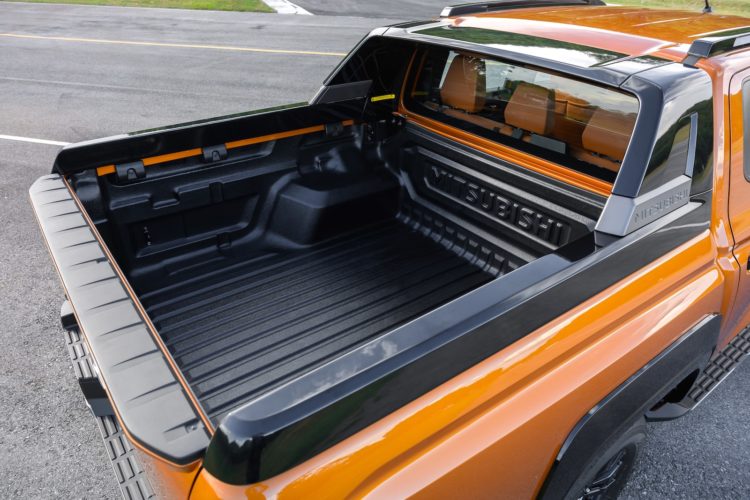
Colour options for the MY24 Triton include Yamabuki Orange, Blade Silver, White Diamond, Jet Black, Graphite Grey and Solid White.
Mitsubishi is yet to confirm exactly which engines will be making their way into Tritons delivered here in Australia, nor a delivery timeline, though it’s set to return to the Japanese market for the first time in 12-years in early 2024.
